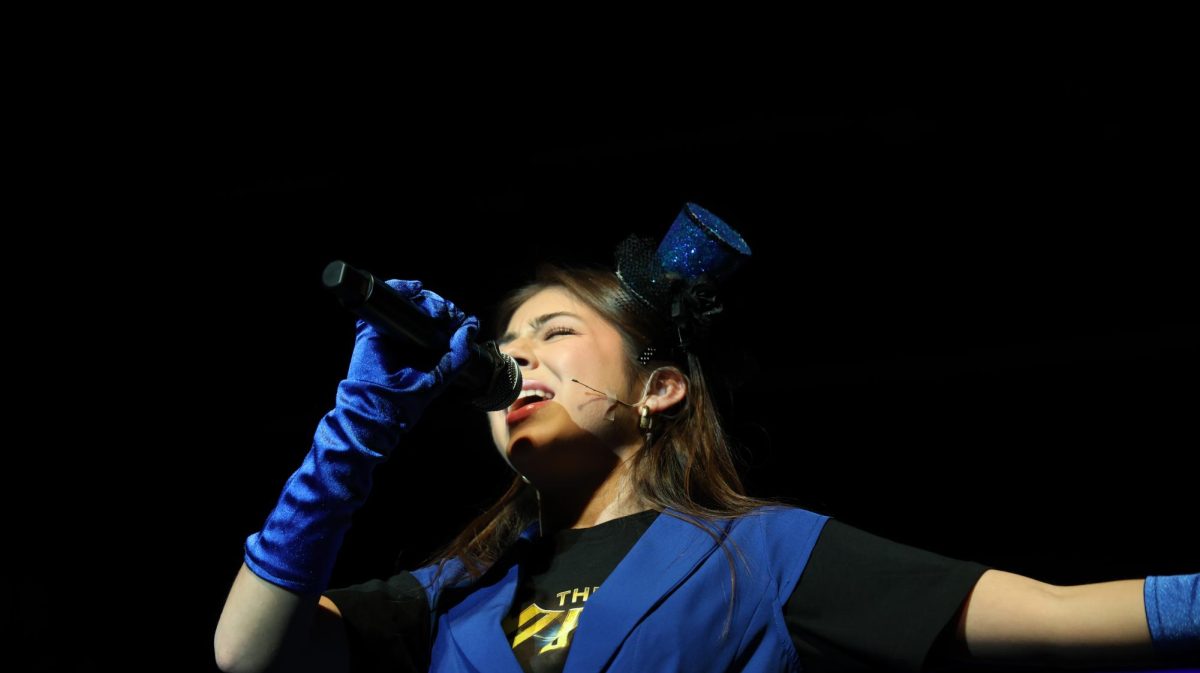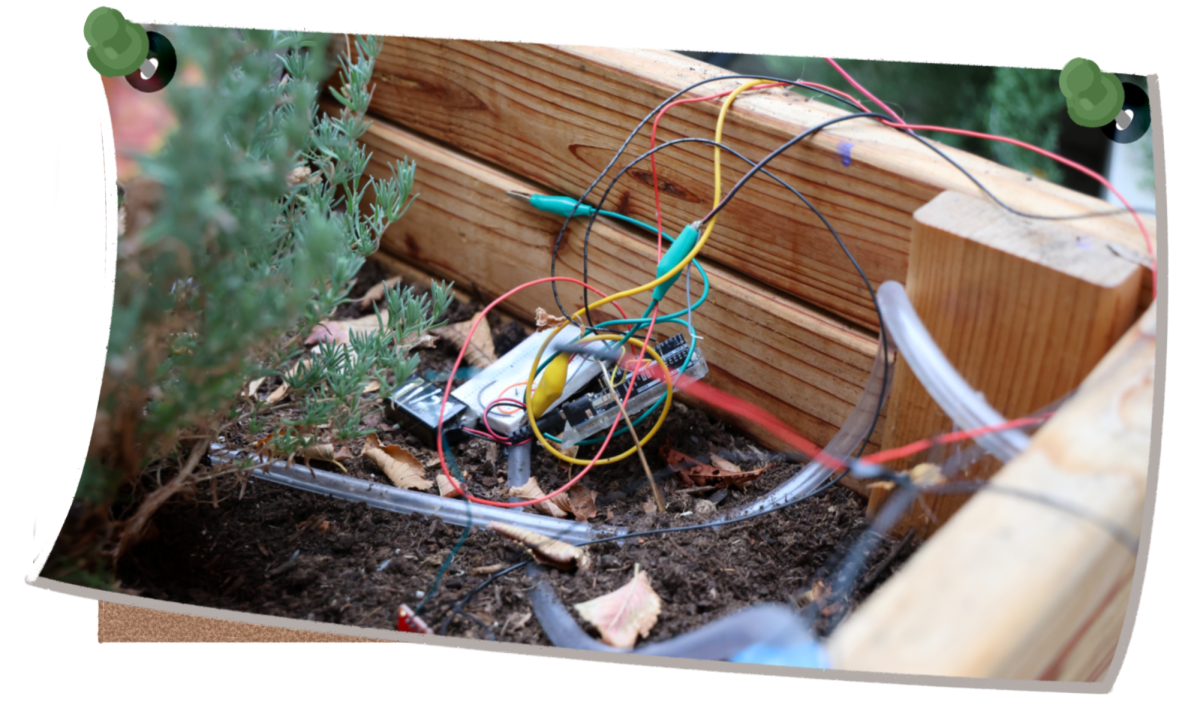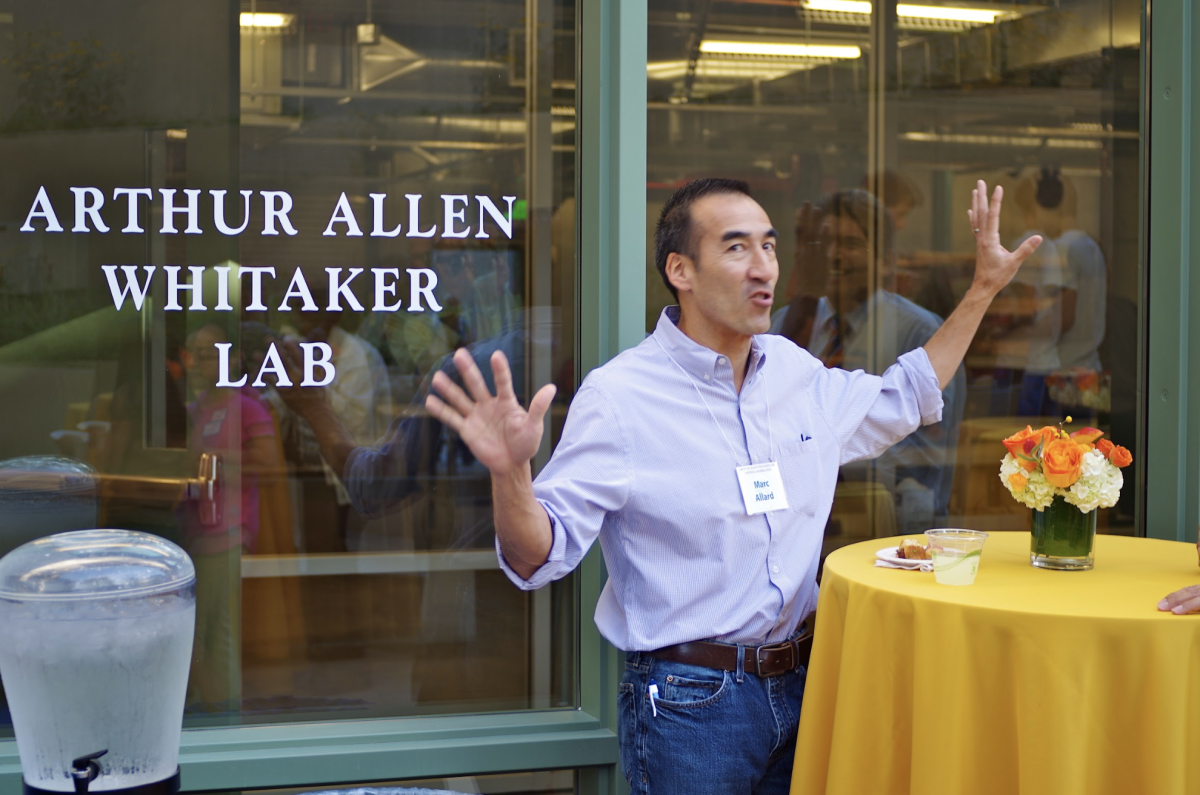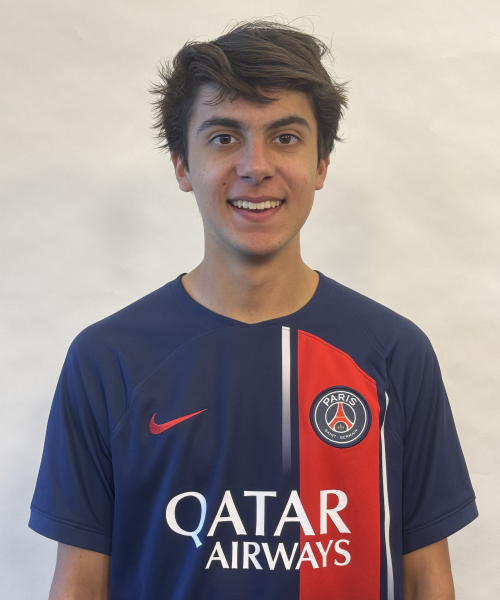One of Whitaker’s most prominently displayed student projects is the monowheel under the wall of freshman seminar projects, a motorized vehicle where the driver sits inside the wheel. Except the monowheel in Whitaker is no longer electrically powered: its motor is gone.
The monowheel — like most other student projects in Whitaker — has been “cannibalized,” a rather blunt way of describing the lab’s ethic of re-using old materials. Science teacher James Dann explained that students break down their projects and put the parts back in bins for later use. “You need a motor? Oh, yeah, there’s one right there in the motor bin,” Dann said.
While Dann acknowledged that Whitaker classes can cost more to the school than the average math or history class, he noted that “cannibalization” and other initiatives help keep costs down. Along these lines, Whitaker teachers ask students to make prototypes of their projects with cardboard instead of more expensive materials such as wood and acrylic. “We’re very cost-conscious,” Dann said.
When explaining Whitaker’s funding when compared to other departments, Menlo Chief Financial Officer Shelly Gupta said that the school prefers doling out funds equitably rather than equally — funds are distributed on an as-needed basis. “We want to provide the same level of excellence in whatever we offer,” Gupta said.
To that end, not all classes in Whitaker cost the same amount. Some classes, like Sustainable Earth Engineering, are naturally oriented towards conserving resources — including money. According to Dann, annual spending in other Whitaker courses such as Neuroscience matches that of a typical science class, like Chemistry, at around $1,000 to $2,000.
Higher-budget courses include Whitaker’s flagship, Applied Science Research (ASR). The iconic second-quarter weather balloon launch alone costs about $3000 — not including the many materials for the project that are reused each year. Additionally, ASR students have a budget of $200 for their second-semester projects, but according to Dann, most don’t use all of the money.
Other classes trump ASR’s cost, though. “The most expensive class [in Whitaker], to be honest, is [Biotechnology Research],” Dann said. “It just has certain needs that require a lot of expenses.”
Gupta explained that the process for funding Whitaker classes is fundamentally the same as for any other school endeavor. “[Any] program has to be evaluated whether it serves the mission and the vision of the school. And if it does, can we afford it? And if yes, then we will do it,” Gupta said.
Dann noted that some projects that very well could enhance a student’s learning experience — such as an MRI experiment — are just not financially feasible given their astronomical costs. That said, Dann said the business office — which Gupta leads — allows some flexibility in project funding. “I’m not gonna say no to a cool project over a couple hundred bucks,” he said.
Grateful for the school’s funding for Whitaker classes, Dann noted that its support and flexibility allow teachers to pursue their passions in class while simultaneously granting students access to a first-rate curriculum. “We want the students to be engaged and passionate,” he said.
A mother of two college-aged children who’s seen firsthand the importance of hands-on learning in STEM education, Gupta echoed Dann’s sentiments. “We’re living in Silicon Valley; it would be naive to underestimate the value of the Lab,” Gupta said.










